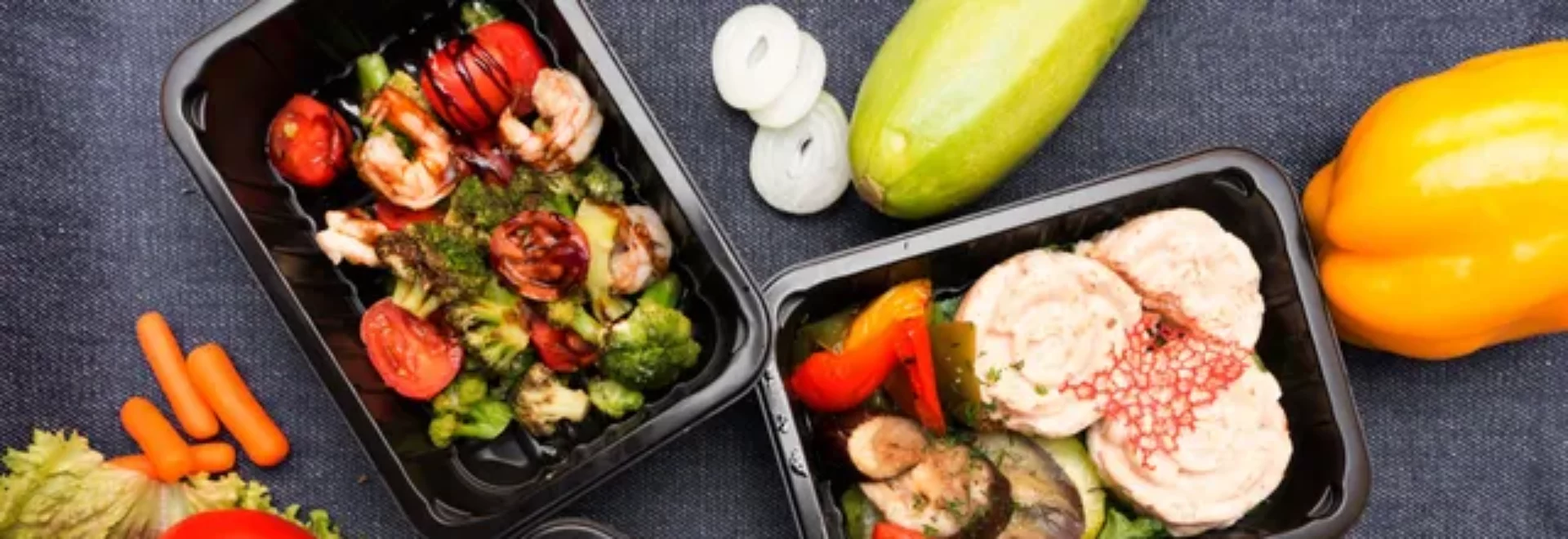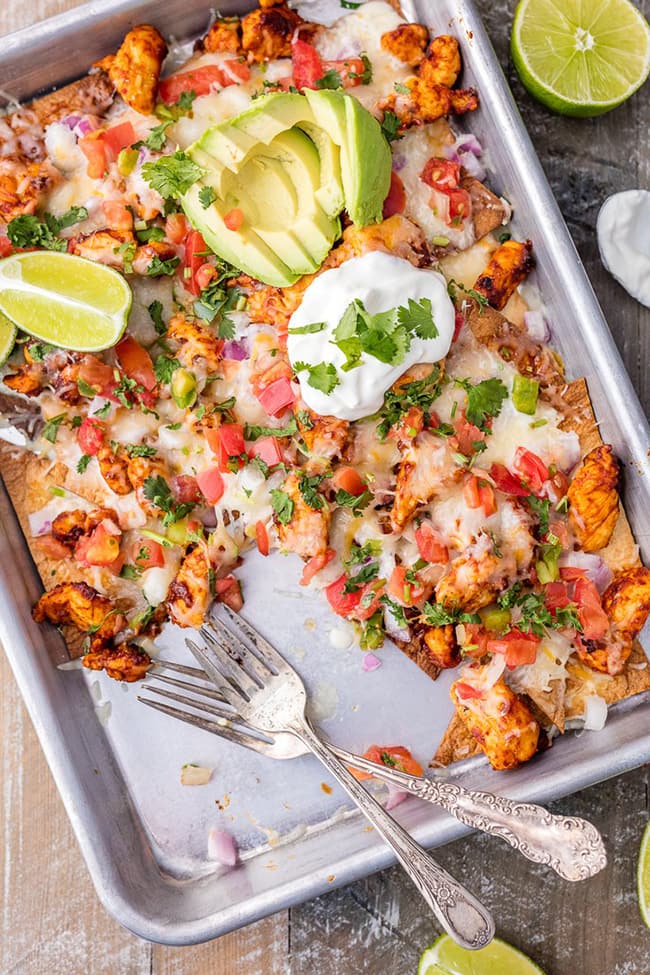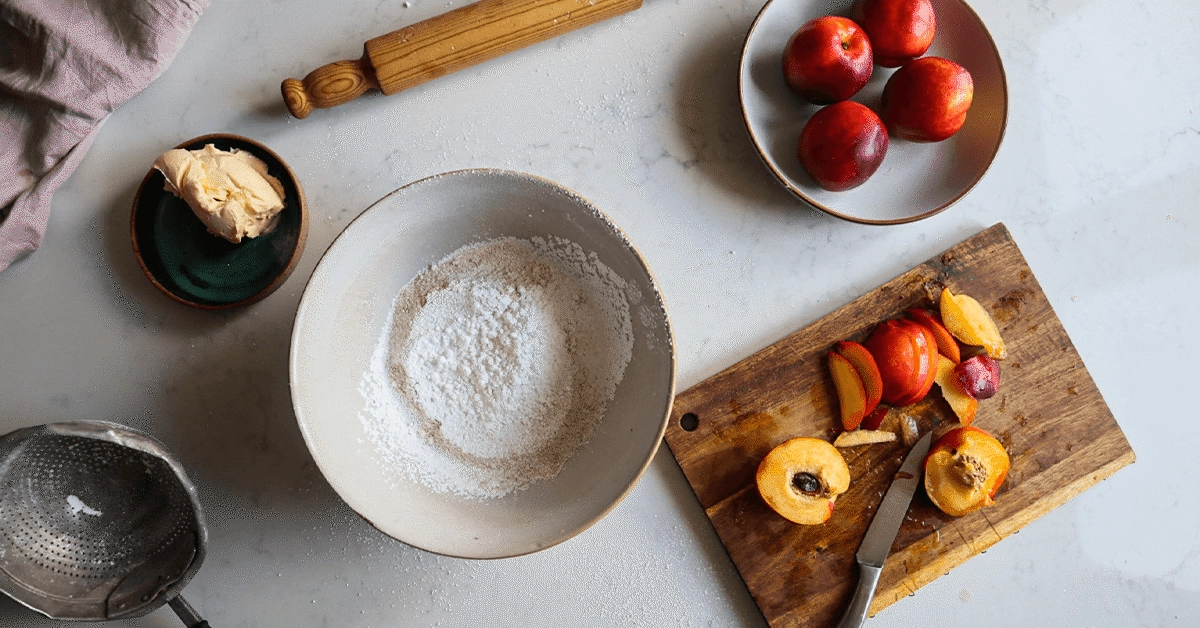Renal Diet Recipes
Kidney health plays a crucial role in maintaining overall well-being, and one way to support kidney function is by following a renal diet. A renal diet focuses on managing the intake of certain nutrients, such as sodium, potassium, and phosphorus, to prevent further damage to the kidneys. In this article, we will explore the importance of a renal diet, foods to avoid and include, and provide five delicious and kidney-friendly recipes to add variety to your meals.

Renal Diet
A renal diet, also known as a kidney diet, is a specialized eating plan designed to optimize kidney function and minimize the risk of complications associated with kidney disease. It is typically recommended for individuals with chronic kidney disease (CKD), as well as those on dialysis or with kidney transplants. By following a renal diet, individuals can better manage their condition and improve their quality of life.
Importance of a Renal Diet for Kidney Health
A renal diet plays a significant role in supporting kidney health. It helps maintain a balance of electrolytes, regulates fluid retention, and minimizes the buildup of waste products in the body. By controlling the intake of certain nutrients, a renal diet can reduce the workload on the kidneys and slow down the progression of kidney disease. It also helps manage common complications associated with CKD, such as high blood pressure and mineral imbalances.
Foods to Avoid on a Renal Diet
To protect kidney function, it is essential to limit or avoid certain foods that can be detrimental to renal health. Here are some categories of foods to avoid on a renal diet:
High-sodium foods
Excessive sodium intake can lead to fluid retention and increase blood pressure, placing additional strain on the kidneys. Foods high in sodium include processed meats, canned soups, fast food, and salty snacks. It is crucial to read food labels carefully and choose low-sodium alternatives.
High-potassium foods
Consuming too much potassium can disrupt the normal electrical impulses in the heart and lead to irregular heart rhythms. High-potassium foods to avoid include bananas, oranges, potatoes, tomatoes, and avocados. These can be substituted with lower-potassium options.
High-phosphorus foods
Elevated phosphorus levels in the blood can weaken bones and cause calcium to be pulled from them. Foods rich in phosphorus include dairy products, nuts, seeds, chocolate, and carbonated beverages. Limiting these foods is crucial in managing phosphorus levels.
Foods to Include in a Renal Diet
While there are foods to avoid, there are also plenty of options that can be included in a renal diet. These foods are generally lower in sodium, potassium, and phosphorus, making them suitable for kidney health. Here are some categories of foods to include:
Low-sodium foods
Opting for fresh or minimally processed foods is an excellent way to reduce sodium intake. Fresh fruits and vegetables, lean meats, poultry, and seafood are low in sodium and provide essential nutrients for a balanced diet. Herbs and spices can be used as alternatives to salt for flavoring.
Low-potassium foods
Choosing low-potassium alternatives is essential for individuals with impaired kidney function. Some examples of low-potassium foods include apples, berries, cabbage, green beans, and rice. These can be incorporated into various recipes to ensure a well-rounded and enjoyable diet.
Low-phosphorus foods
To manage phosphorus levels, it is important to include low-phosphorus foods in the renal diet. Egg whites, cauliflower, rice milk, bread, and pasta are good options. Restricting phosphorus intake can help maintain bone health and prevent complications associated with kidney disease.
Renal Diet Recipes
Adding variety to meals while adhering to a renal diet is essential for long-term compliance and enjoyment. Here are five delicious and kidney-friendly recipes to try:
Recipe 1: Low-sodium Chicken Stir-Fry
Ingredients:
- Skinless, boneless chicken breast
- Mixed vegetables (e.g., bell peppers, broccoli, snap peas)
- Low-sodium soy sauce
- Garlic
- Ginger
- Olive oil
Instructions:
- Cut the chicken breast into small, bite-sized pieces.
- Heat olive oil in a pan and sauté garlic and ginger.
- Add the chicken and cook until it is no longer pink.
- Add the mixed vegetables and stir-fry until tender.
- Season with low-sodium soy sauce and serve over cooked rice or quinoa.
Recipe 2: Grilled Salmon with Lemon and Dill
Ingredients:
- Fresh salmon fillets
- Lemon slices
- Fresh dill
- Olive oil
- Salt and pepper
Instructions:
- Preheat the grill to medium-high heat.
- Brush the salmon fillets with olive oil and season with salt and pepper.
- Place the lemon slices and fresh dill on top of each fillet.
- Grill the salmon for about 4-5 minutes on each side, or until cooked through.
- Serve with a side of steamed asparagus or a mixed green salad.
Recipe 3: Roasted Vegetable Medley
Ingredients:
- Assorted vegetables (e.g., zucchini, bell peppers, carrots, onions)
- Olive oil
- Garlic powder
- Dried herbs (e.g., thyme, rosemary, oregano)
- Salt and pepper
Instructions:
- Preheat the oven to 400°F (200°C).
- Cut the vegetables into uniform-sized pieces.
- Toss the vegetables in olive oil and spread them on a baking sheet.
- Season with garlic powder, dried herbs, salt, and pepper.
- Roast in the oven for approximately 20-25 minutes, or until tender and lightly browned.
- Serve as a side dish or add to salads or whole-grain pasta.
Recipe 4: Quinoa Salad with Fresh Herbs
Ingredients:
- Cooked quinoa
- Cherry tomatoes, halved
- Cucumber, diced
- Fresh herbs (e.g., parsley, mint, basil)
- Lemon juice
- Olive oil
- Salt and pepper
Instructions:
- In a bowl, combine cooked quinoa, cherry tomatoes, cucumber, and chopped fresh herbs.
- Drizzle with lemon juice and olive oil.
- Season with salt and pepper, and toss to combine.
- Serve as a refreshing and nutritious salad.
Recipe 5: Berry Smoothie Bowl
Ingredients:
- Frozen mixed berries
- Banana
- Spinach
- Almond milk
- Chia seeds
- Toppings of choice (e.g., sliced almonds, shredded coconut, fresh berries)
Instructions:
- In a blender, combine frozen mixed berries, banana, spinach, and almond milk.
- Blend until smooth and creamy.
- Pour the smoothie into a bowl and sprinkle with chia seeds.
- Top with your favorite toppings for added texture and flavor.
- Enjoy as a filling and nutrient-rich breakfast or snack.
Meal Planning Tips for a Renal Diet
Creating a well-balanced meal plan is crucial when following a renal diet. Here are some tips to consider:
Portion control
Maintaining appropriate portion sizes helps regulate nutrient intake and manage calorie consumption. Work with a dietitian to determine the right portion sizes for your specific needs.
Cooking methods
Opt for cooking methods that minimize the use of added fats and oils, such as grilling, baking, steaming, or roasting. These methods retain the natural flavors of the ingredients while promoting a healthier overall diet.
Flavoring options
Instead of relying on salt for flavor, experiment with herbs, spices, and other seasonings. Fresh lemon juice, garlic, onion, ginger, and various herbs can add depth and complexity to your dishes.
A renal diet plays a vital role in maintaining kidney health and managing kidney disease. By understanding the importance of nutrient control and making wise food choices, individuals can support their kidney function and improve their overall well-being. Incorporating kidney-friendly recipes into your meal plan adds variety and ensures an enjoyable culinary experience while adhering to a renal diet.
FAQs
- Can I still enjoy desserts on a renal diet? Yes, you can enjoy desserts in moderation on a renal diet. Opt for low-phosphorus and low-potassium options, such as fruit sorbets or homemade gelatin desserts.
- Is it necessary to restrict protein intake on a renal diet? Protein restriction is often recommended for individuals with advanced kidney disease. Consult with a healthcare professional or dietitian to determine the appropriate protein intake for your specific condition.
- Are there any alternative seasonings I can use instead of salt? Yes, there are many alternative seasonings that can enhance the flavor of your dishes without relying on salt. Some options include herbs, spices, citrus juices, vinegar, and low-sodium seasoning blends.
- Can I eat out at restaurants while following a renal diet? Yes, you can still enjoy dining out while following a renal diet. Choose restaurants that offer healthier options and communicate your dietary restrictions to the staff. Request modifications to suit your needs.
- Are there any specific beverages I should avoid on a renal diet? It is important to limit or avoid beverages high in phosphorus and potassium, such as soda, sports drinks, and certain fruit juices. Opt for water, herbal tea, or low-phosphorus alternatives instead.




